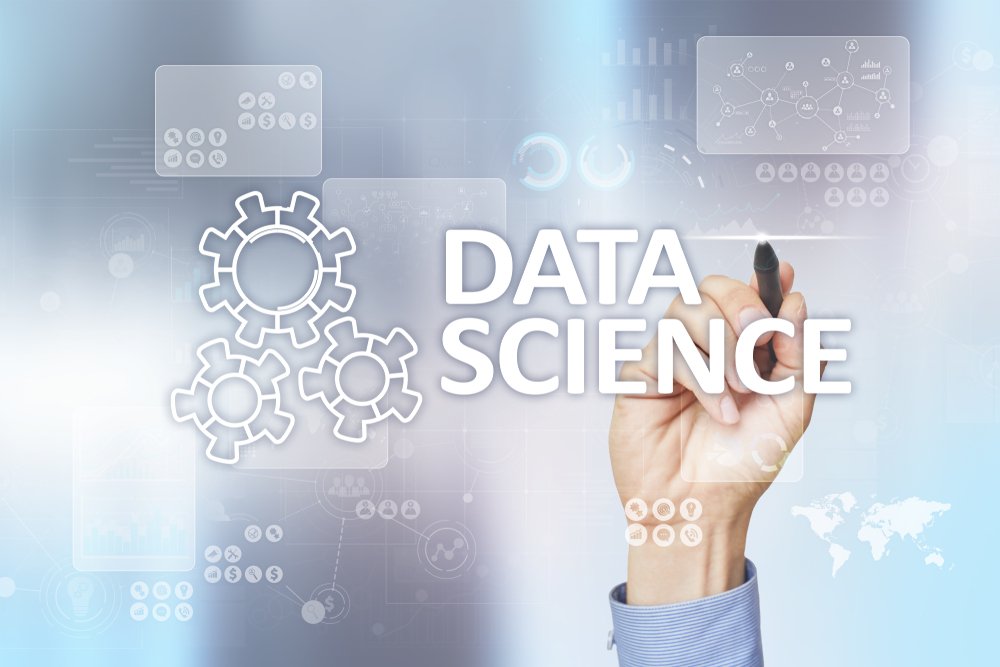12 August 2020 | Updated on 8 December 2020
7 essential skills all data scientists need and how to build them
It’s an exciting time to be a data scientist. As our world becomes ever-more data driven, data scientists are in high demand to help investigate, forecast, review, advise and much more. Plus, the pay...

It’s an exciting time to be a data scientist. As our world becomes ever-more data driven, data scientists are in high demand to help investigate, forecast, review, advise and much more. Plus, the pay is good!
So, if you’ve decided to throw your hat in the data science ring, or you’re building on existing skills to create more options to progress in your preferred sector, you might be wondering where to begin. In this article, we’ll take a look at what a well-rounded set of technical skills for a data scientist looks like.
But before we do, it’s worth remembering that it’s not all about the tech. Data scientists, as opposed to other related roles like statisticians, are also expected to possess a diverse range of non-technical skills. Enjoying and being good at problem solving is vital, as is having an analytical mind and an ability for deep focus. Data scientists also need to be curious and creative, taking pride in being able to create elegant solutions to complex problems.
It goes without saying that strong mathematical skills are fundamental, as is an aptitude for critical thinking. Those who reach the top of their profession are likely to have great communication skills, giving them an edge in being able to explain their findings to both technical and non-technical audiences in a way that enhances their contribution and impact.
Non-technical skills will give you a firm foundation, but to progress, you’ll need to hone your tech capabilities. Here are 7 key technical skills that you need to succeed as a data scientist.
- R is a computer tool and language that is specifically designed for data science. It is mainly used for heavy statistical analysis, graphing and visualisation. It’s open access, meaning that anyone can download the software for free – one of the reasons why its popularity has grown in recent years. Although R has a notoriously steep learning curve, it offers great rewards for those prepared to persevere.
- Python is one of the most versatile and in-demand programming languages. Like R, it is an open-source language that has gained a sharp increase in popularity over the past few years. It can be used by beginners and experts alike, and its versatility alongside R makes it a must-have primary language for data scientists.
- Hadoop is an open-source software platform used for storing and processing large data sets on computer clusters. This capability to store any kind of data, and harness enormous processing power and almost limitless concurrent tasks or jobs, is at the heart of big data. One of Hadoop’s many functions is to work as a sandbox for discovery and analysis, offering the opportunity to innovate with minimal investment.
- SQL proficiency is needed to help access, communicate and work on data, and having a good knowledge of SQL query and commands are needed to learn Hadoop. The Hadoop ecosystem contains many software packages such as Apache Hive, HBase, and Pig, that extract data from HDFS using SQL-like queries. You can practise it using a tool like MySQL workbench.
- Apache Spark is fast becoming the most popular big data technology globally. An open source distributed general-purpose cluster computing framework, its data processing engine can do ETL (extract, transform, load), analytics, machine learning and graph processing on large volumes of data at rest or in motion. Spark can be used in a number of languages such as Java, Python, and Scala, so start with what you know.
- Machine Learning revolves around letting algorithms learn and collect insights from data, and make predictions on unanalysed data based on the gathered information. Machine Learning algorithms that are central to data science include: K-nearest neighbors, Random Forests, Naive Bayes, Regression Models, PyTorch, TensorFlow and Keras. You could end up putting your skills to use in exciting applications such as fraud detection, image analysis for healthcare, facial and voice recognition systems, and airline route planning.
- Data Visualisation is the shiny end of data science, where all your hard work gets displayed in a way that different audiences can understand. If you’re just starting out you can get a good foundation just by pushing the boundaries of Excel pivot tables and charts. Then move on to the free version of Tableau for beautiful expressions of your insights. From there, R is the place to go. And if you know some Javascript, D3.js a good visualisation library to have under your belt.
Ready to go?
There are clearly a lot of non-technical and technical skills that you need to develop as a data scientist. The good news is that you can teach yourself many of these technical skills through online resources. R, Python and Hadoop are great starting points.
Find out more about our full range of courses here.